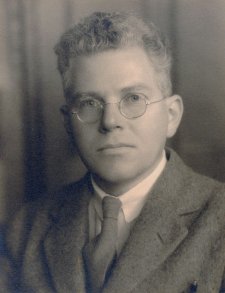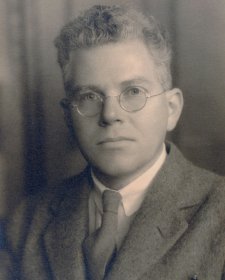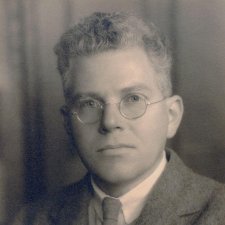Sir Mark Oliphant AC KBE (1901-2000), physicist, was a pioneer in the development of radar and a member of the international teams that effected the artificial disintegration of the atomic nucleus. Oliphant studied physics at the University of Adelaide and was inspired to take his studies further when listening to Ernest Rutherford lecture in 1925. An 1851 Exhibition scholarship enabled him to work with Rutherford at the Cavendish Laboratory in Cambridge, where he gained his PhD in 1929. In the early 1930s Oliphant discovered new forms of hydrogen (Deuterium and Tritium) and helium (Helium 3); these discoveries laid the foundation for the development of nuclear weapons. During the war, Oliphant travelled back and forth between the USA and the UK, leading a team of British physicists who were collaborating with American scientists of the Manhattan Project on the development of the atomic bomb. After a postwar spell in Birmingham, Oliphant came to Canberra, where he was director of research in the physical sciences at the Australian National University from 1950 to 1966. A key player in the establishment of the Australian Academy of Science, he was its Foundation President from 1954 to 1956. In 1971 he became Governor of South Australia, a post he held until 1976. Oliphant was a vocal campaigner for the environment, Aboriginal land rights and women's affirmative action, and described himself as 'one of those persons who wish atomic weapons had never been made'.
- Plan your Visit
- Full calendar
- Current exhibitions
- Touring exhibitions
- Previous exhibitions
- National Photographic Portrait Prize
- Darling Portrait Prize
- Make a booking
- School visit information
- Current programs
- Virtual excursions
- Learning resources
- Little Darlings
- COVID-19 Safe Plan







